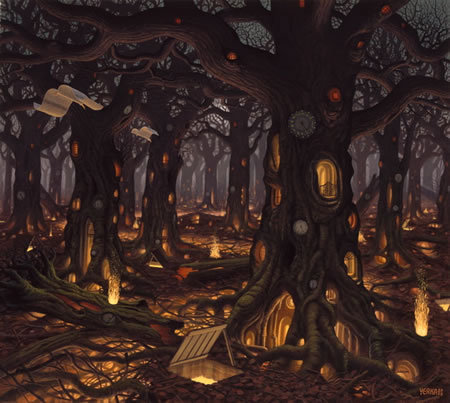When I first started the process of writing a book I had a vague idea. I had the main character figured out, or so I thought. In reality, I had a plot line and nothing else. First day I was over eager to jump into the writing I did no planning and ran out of steam quickly.
It seemed that the websites weren't to helpful either. Everyone has a different way to start and it didn't fit. Writing is art. All artist are different in the way that they begin a great project. That being said I cannot give you the definitive way to write a novel. I can tell you the system I use and you are more the welcome to adapt any part of that to fit with you and your system.
The first book I started I wrote for six months and wrote myself into a corner. I didn't just write myself into a corner I built a wall to block myself inside the corner. It was ugly and extremely sad. On the second attempt I started with an outline. Well, sort of. It was more like a random free write. I figured out that wasn't helpful either so I divided it into chapters. This ended up being what I used for the first book. The problem was it was extremely difficult for me to track subplots, the number of characters, character personalities and scene changes. These ended up taking months to fix and too many rewrites to count.
In subsequent novels I did more pre-planning. It saves so much more time in the end. There are a number of ways to do this some are pretty basic some with a technological edge.
Two ways I have attacked this process:
- Low Tech- Pen to paper approach. I am not sure why but when I have an idea they never come with the use of grammar. It is one solid lump of words. It is a stream of thought with so many ellipsis it looks like braille. These are spilled out in bits of paper, that make no sense to anyone but me. Eventually these bits of paper take form. A story has to have certain parts or an arc, that is where the bits of paper go. I am a visual person so I have to graph out the story for myself. Remember I am a teacher with ready access to great amounts of construction paper, paste and fun stuff like that, so I do make a pretty story arc.
- High Tech- Software approach. I am not as comfortable with this approach but am trying to become more so. There are several downloads you can do for free that create amazing data bases for your novel. If you are not as skilled with the paste and construction paper this is the way to go. Some popular ones are Storybook and yWrite5. These are essentially data base programs that are set up for novel writing. Some are not as user friendly as I would like but once you understand how to use them can be amazing in forcing you to do things that the Low Tech method doesn't like character tracking and development
With either approach before you write it is important to have the following mapped out:
- Plot arc. I am a fan of the 8 point arc. How to Structure a Story, is a great article to for a place to start.
- Know your main characters. If the majority of your story is around five characters you have to know them like they are your best friends. I suggest answering get to know you questions about each one. These need to be kept to come back to and refer to later on as the story writing starts.
- Know your setting. The setting will contribute to the tone and progression of the story. It is important to understand where your characters are and how the can interact with that environment. Investigate
- Do your research. The more I learn the more excited I get about my story.
They look like four small things but if you truly understand all four your writing will be so much smoother. In the coming weeks the series will include suggestions on getting through the grind of writing, editing, and then the process of publication.



















